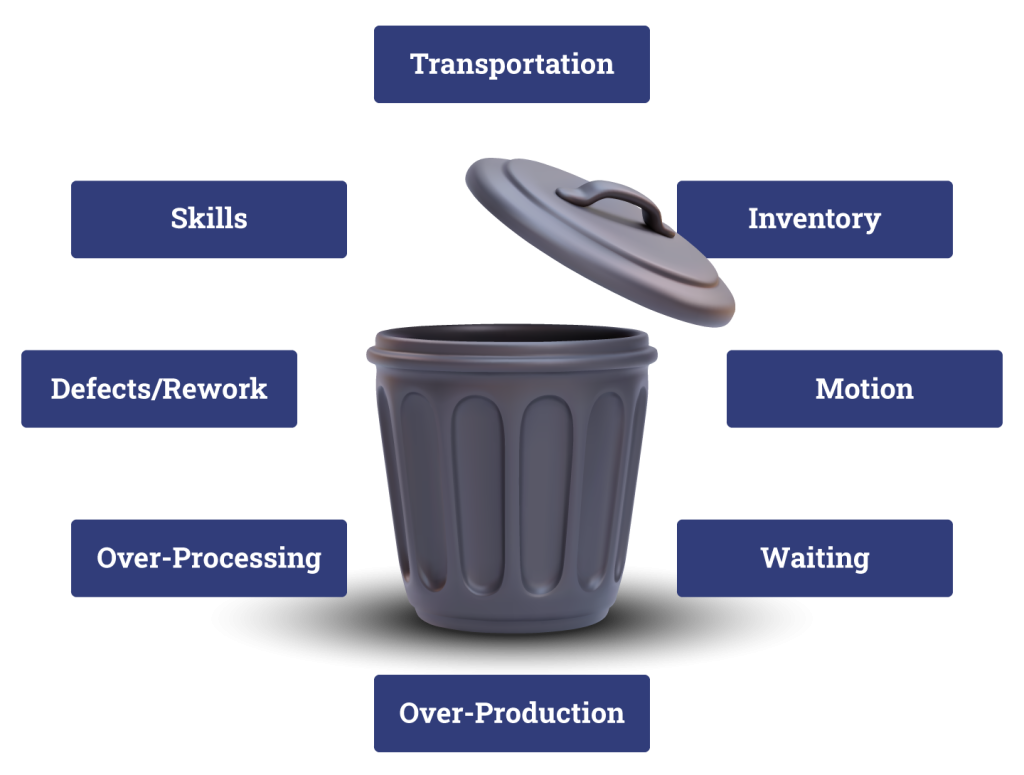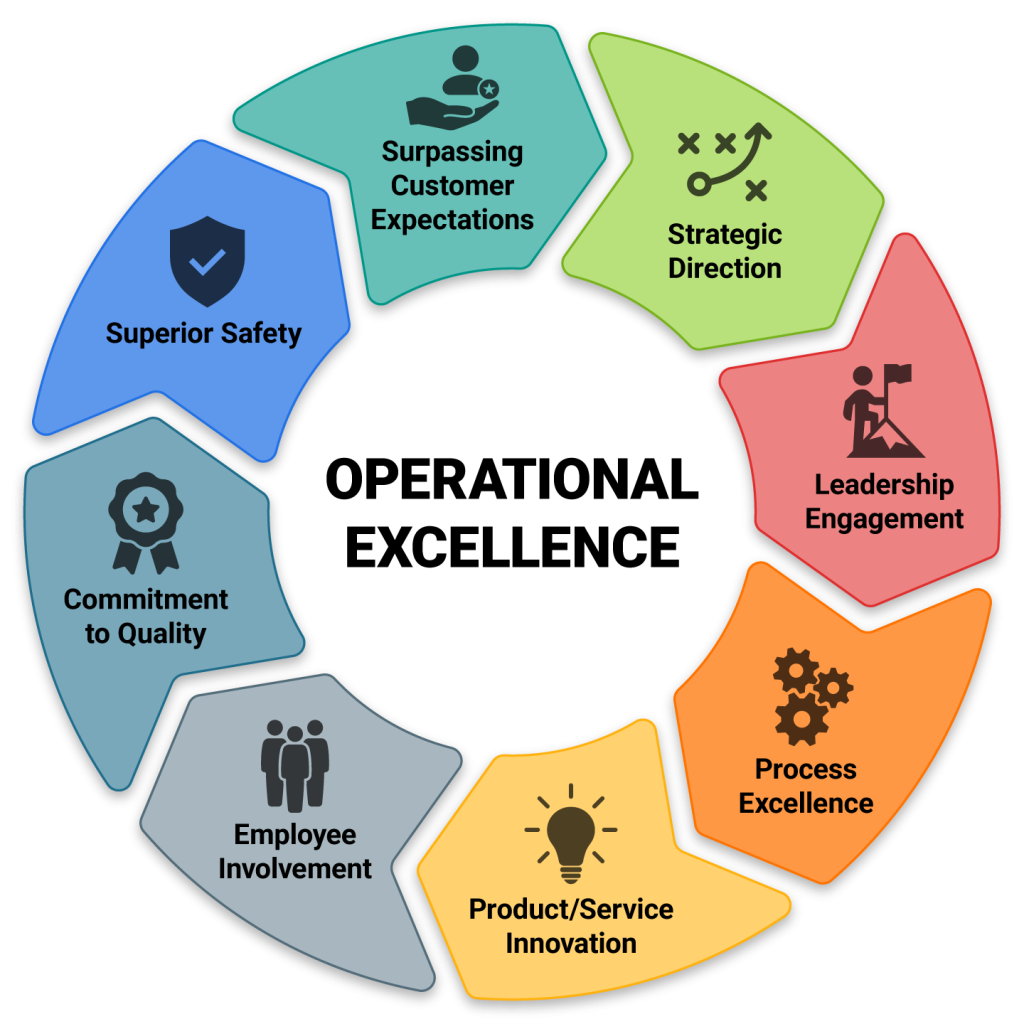Use the Rule of Thirds to Set Realistic Expectations for Lean Six Sigma Projects
In professional baseball, getting on base one-third of the time is considered a solid average. Nobody expects every hit to be a home run. Some hits will be singles, some doubles, and others may be walks. But more at bats means more chances to score, and every hit helps put the team on top. Lean Six Sigma continuous improvement projects work the same way. The projects follow a “rule of thirds,” with roughly one-third of projects producing the most return on investment (ROI) and total benefits. Does this imply that fewer projects would be better? No, because more projects means more chances for success—just like more at bats gives baseball players more chances of getting on base or hitting a home run. With the rule of thirds, it’s the big picture that matters. In baseball, the overall score determines whether the team wins or loses—not the result of each hit. In continuous improvement, looking at all the projects collectively is a better measure of success than judging each project’s individual results. Keeping the rule of thirds in minds also helps in setting realistic expectations. Again, in baseball, every hit is not going to be a home run, and every home run is not going to score the same number of points. Carefully consider the possible benefits of each project but evaluate success by looking at all projects. Rule of Thirds in Lean Six Sigma Project Outcomes The following example illustrates how launching more projects can produce higher overall benefits: A Lean Six Sigma deployment team identifies projects with expected benefits of $750,000. To get there, 10 people are trained in Lean Six Sigma Green Belt, and each heads up his or her own project. Here’s what happens: This is the rule of thirds in action—one-third of the projects produced the most results. But as the example shows, the remaining two-thirds of the projects were still beneficial in their own ways. ROI and Total Benefits for 10 Projects vs. 5 Projects With limited resources, would it be better to focus resources on the projects with the highest benefits? Yes, but…even though Lean Six Sigma projects rely on data, results are not always predictable and unintended consequences can arise. As a result, increasing the number of projects—from say 5 to 10—increases the likelihood of success. What if the organization launches 10 Lean Six Sigma Green Belt projects with a target of $750,000 in benefits? Even if 4 projects produce no financial benefits and 3 only meet expectations, the organization can still exceed the goal with 3 successful projects. In this case, thanks to the one-third that far exceeded expectations, the overall program produced $850,000 in total benefits. 10 Projects ROI Total Benefit 4 no hard benefit $0 3 $75,000 $225,000 3 $200,000 $600,000 Total $825,000 What if the organization, instead, decided to launch only 5 projects. To reach a benefit of $750,000, each project’s average target is $150,000. With fewer chances for success, the total benefit for the 5 projects was only $650,000. No. of Projects ROI Total Benefit 2 no hard benefit $0 2 $150,000 $300,000 1 $350,000 $350,000 Total $650,000 More Projects = More Coaching According to the rule of thirds, tackling more projects means higher benefits. But it also means more Lean Six Sigma leaders for the projects and more coaching for those leaders. Acuity Institute is here to help with expert training, coaching, and consulting designed to accelerate continuous improvement efforts and produce ROI. To learn more about how Acuity Institute can drive continuous improvement and help meet organizational goals, reach out today.
Use the Rule of Thirds to Set Realistic Expectations for Lean Six Sigma Projects Read More »










